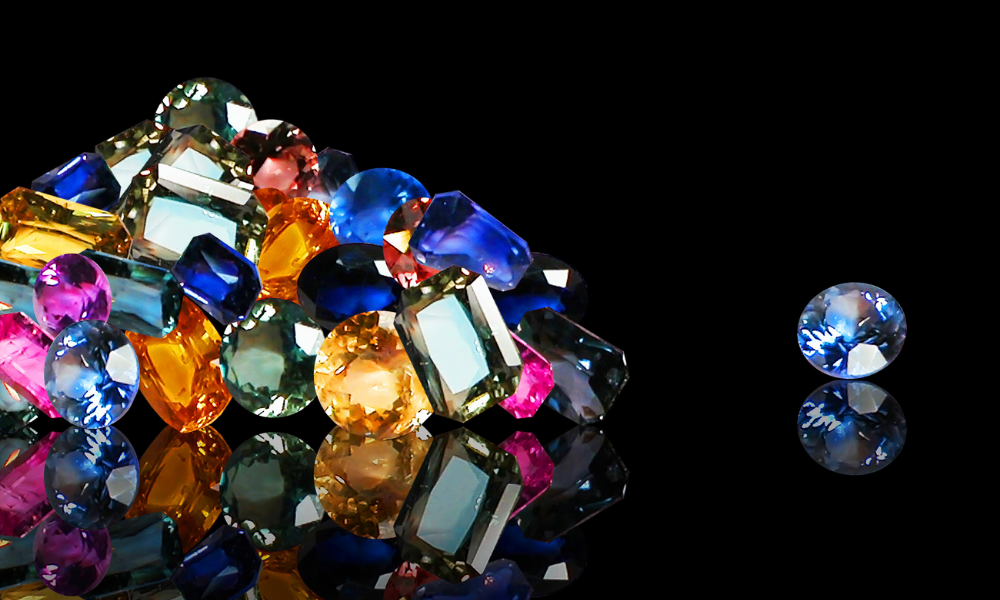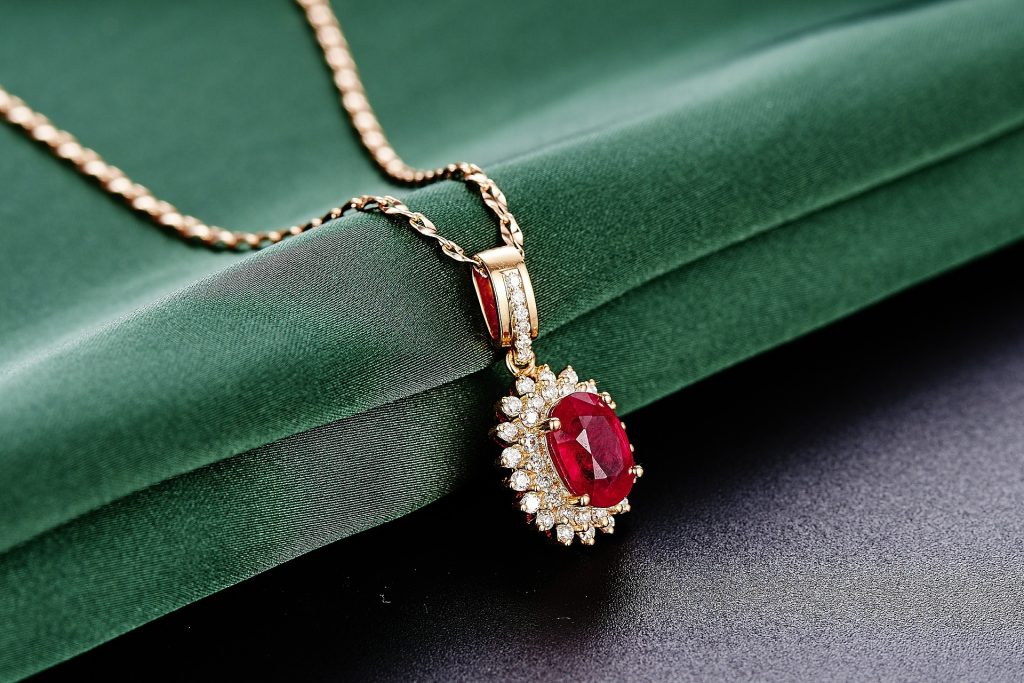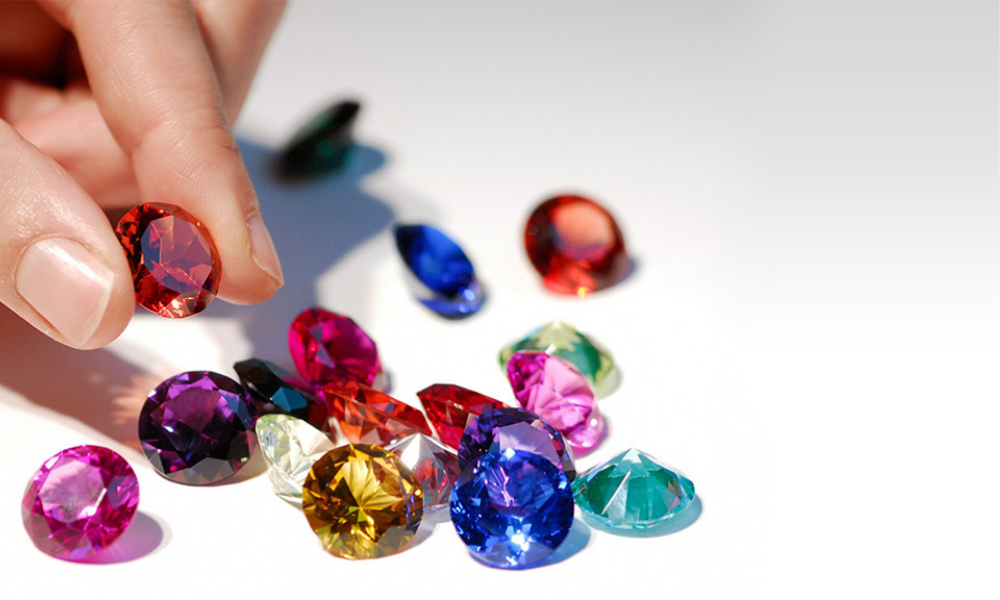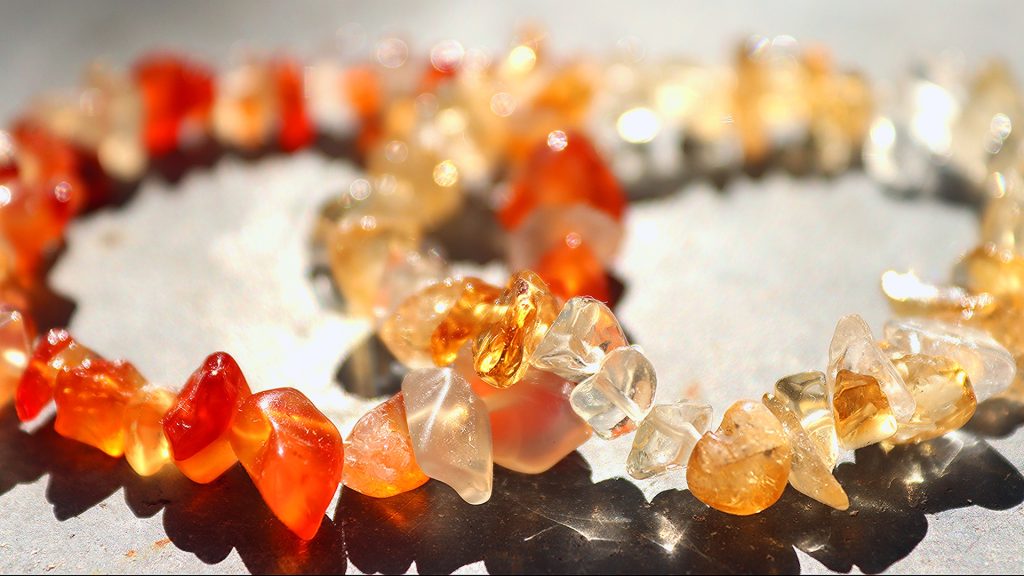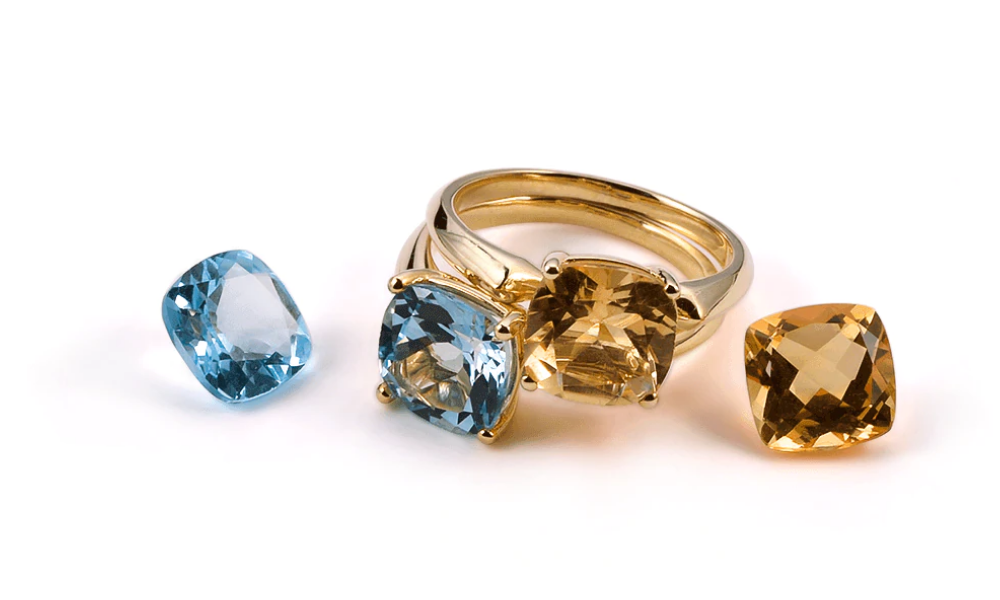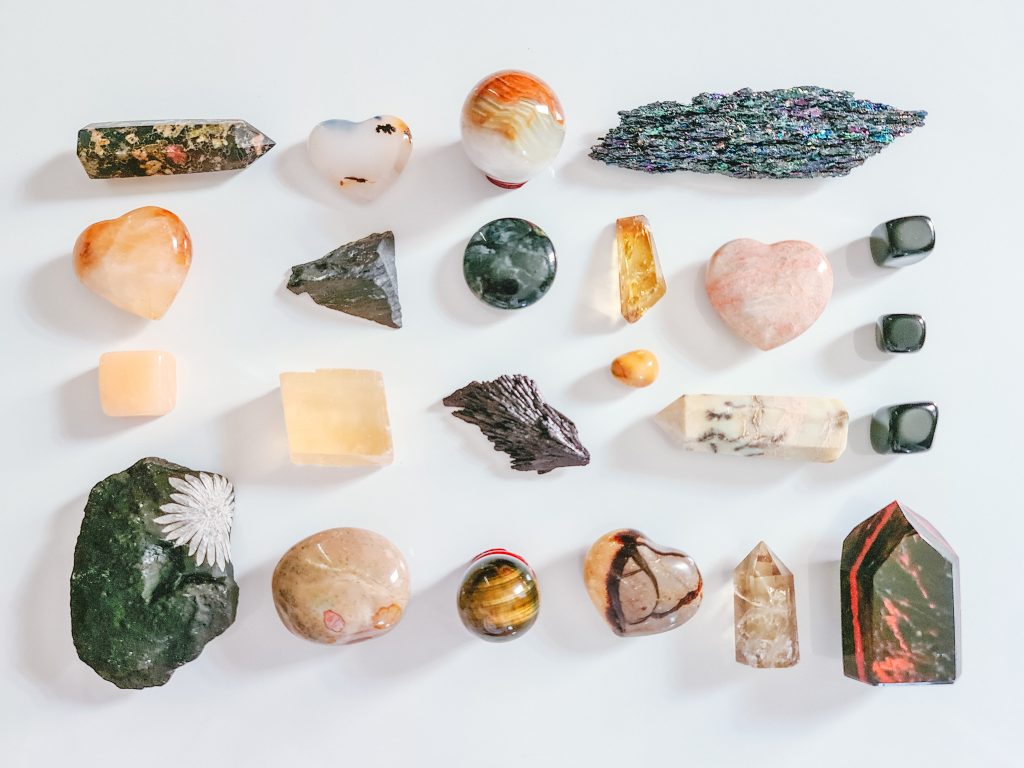Different gemstones are cut in different ways, making each one a one-of-a-kind investment. Consequently, each cut and form has its own set of features, and each one is best suited to a particular gemstone or design type. Round gemstones are the most common, followed by square and rectangle gemstones. When it comes to enhancing the color and brilliance of a gemstone, many cuts can be applied. Round Cut – also known as the brilliant round cut, is the most popular cut in the world right now. The facets of a stone are cut so that the light dispersion in the stone is optimized; this cut was traditionally reserved only for diamonds.
The Round Brilliant Cut is the most expensive of all the gemstone cuts. The brilliant round cut is the most expensive (particularly when it comes to diamonds) and has the highest degree of the shine of any of the other cuts available.
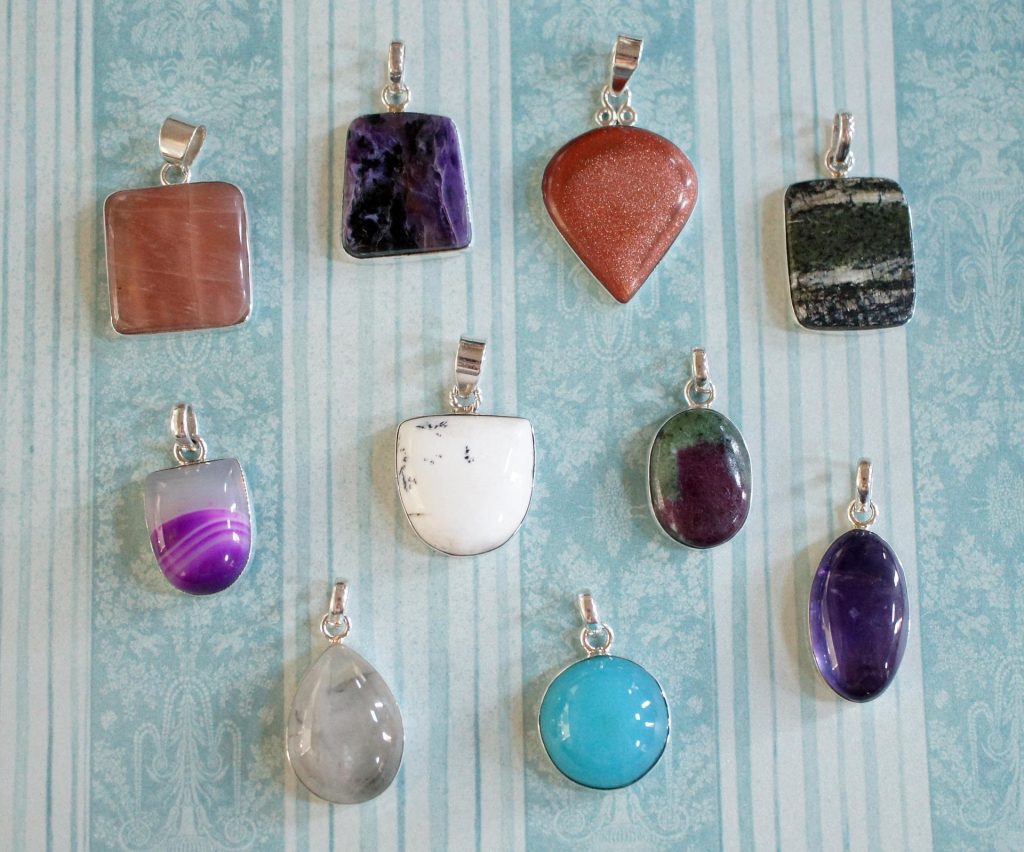
Here Are The Most Popular Gemstone Cuts, As Well As The Most Expensive
Are you interested in learning more about how different types of gemstone cuts affect the outcome of gem processing? We’ll go over the many types of gemstone cuts and how they function.
Round Brilliant Cut: The Most Expensive Gemstone Cut
The brilliant round cut is the most expensive (particularly when it comes to diamonds) and has the highest degree of the shine of any of the other cuts available.
It has the highest number of gemstone facets, and the results are usually spectacular fire and extraordinary clarity. To complete this cut, it will take extra time and experience from the person cutting and polishing the diamonds.
Asscher Or Emerald Square Cut
The Asscher cut combines the more well-known princess cut and the legendary emerald cut (square cut). Cut with cropped corners, a square form, and multiple step-cuts and facets to maximize gem clarity; this is a popular choice for engagement rings. Initially introduced in 1902, this cut is awarded to the Asscher brothers for their pioneering work.
Cabochon Cut
It is one of the most well-known cuts globally because it is frequently used for cheap diamonds with a waxy shine, is translucent and opaque, and has a translucent or opaque appearance. Cabochons are diamonds that have been set in a single bezel with glue. They are spherical at the top and have rounded corners, like pillows. The word “cabochon” comes from the French word “caboche,” which translates as “head” in English. The cabochon-cut is frequently used whenever a gemstone exhibits visual phenomena such as chatoyance, the cat’s eye effect, or asterism.
Baguette-Cut
Known as baguette cut gemstones, these rectangular diamonds are suitable for accent stones. The term “bachetta” comes from the Italian word “bachetta,” which translates as “stick,” and the French word “baguette,” which refers to an elongated loaf of baked bread that has been baked. Unlike the brilliant round cut, which has an eclectic appearance, the Baguette cut is symmetrical and has clean lines, which distinguishes it from it.
Antique Cushion Cut
The antique cushion cut, also known as the Old European cut, is a fair representation of a gemstone with an average of sixty-four facets. Also known as the classic pillow cut, it was developed many years ago to limit gem loss during processing, allowing jewelers to retain as much raw stone as possible while boosting its fire and clarity. It is also known as the classic pillow cut.
Briolette Cut
The Briolette is a tough cut to master since it lacks the traditional portions of a cut diamond. A single Briolette-cut gemstone will have a total of eighty-four unique facets. Round brilliant-cut diamonds and gemstones, for example, can have a lot of fire (brilliance) because of the sheer number of sides. A piece of metal is attached to the tip of a teardrop-shaped Briolette stone to make dangling earrings.
Emerald-Cut
The emerald cut is another rectangular gemstone cut distinguished by its sharply trimmed corners and edges. As previously said, this cut averages fifty facets and, admittedly, it has one of the lowest numbers of sides compared to the prior cuts we discussed earlier.
Despite the emerald cut’s apparent flaws, it does an excellent job of displaying the intense color saturation of emeralds. It continues to be the traditional choice for emeralds and related gemstones today. In addition, because of the form of the emerald cut, light can bounce around the gem’s interior, enhancing its brilliance even further.
Heart Cut
The heart cut is a fancy gemstone cut with a significant split at the top in gemstone cutting. The heart cut is not a replica of the lovely heart shape that most people are familiar with. The cutter creates an oval gem with tipped ends instead of a round stone. Heart cut gems contain an average of fifty-nine facets, which are meant to reflect the most light possible when exposed to natural light.
Heart-cut gems have a great degree of symmetry, which allows them to display their full splendor. Additionally, the sides of heart-cut gems are somewhat rounded to help balance the passage of light through the gem’s crystalline structure.
Marquise-Cut
The marquise cut, commonly known as the Navette cut in the jewelry industry, has fifty-seven distinct facets and is one of the most popular shapes in the industry. It was developed to maximize space where light can be reflected to produce the most significant amount of glitter possible.
The tips of a marquise cut gemstone must be appropriately aligned with one another for the gem to lay perfectly on a flat surface, which is difficult to achieve. This decreases the likelihood of errors and the resulting chipping of the gemstone.
Octagon Cut
The octagon cut is a gem cutting technique that uses the step-cut process to create numerous rows of concentric facets. Looking at the gem from an angle, the concentric sides of the diamond appear to be stairwells. Typically, an octagon cut has fifty-three facets, and it is utilized to highlight the deeper portions of the crystalline structure more than anything else. Because gemstones with apparent internal inclusions will be more visible in the octagon cut, jewelers are careful to select only the best gems for this cut.
Oval-Cut
Lazare Kaplan invented the oval cut in the latter part of the 1950s, and it has been in use ever since. With an oval bottom, it is a teardrop-shaped cut that is a mix of the marquise cut and the brilliant round cut that was developed as an experiment. As a surprise, it boasts one of the highest numbers of facets of any diamond, with sixty-nine facets. It is claimed to feature the high-quality fire of a brilliant round cut in a gorgeous shape above and beyond the usual.
Princess-Cut
The princess cut is unquestionably one of the most well-known cuts in the jewelry industry, particularly for engagement rings. It is a fan favorite because of its brilliance and elegance. After all, it is the shortest square version of the brilliant round cut, which also happens to be the most valuable of all the diamond cuts available.
Radiant Cut
A more rounded pillow form than the princess cut, the radiant cut is a variation on the princess cut. The radiant cut, first popularised by Henry Grossbard in the late 1970s, is characterized by a rounded and symmetric top and a square form factor. The radiant cut is a popular choice among Hollywood celebrities, who prefer it to the others.
Pear (Tear Drop) Cut
We have reached the third teardrop-shaped cut on our list, the pear cut, and this cut can only be defined as a cross between the sovereign marquise cut and the regular oval cut in terms of appearance. According to Louis van Berquem, the pear cut tends to taper toward the end.
Round Cut
The round cut does not have the same meaning as the brilliant round cut, and it is referred to as the American Standard and has fifty-seven distinct characteristics. According to legend, this cut has been around since the 18th century and can be traced back to Italy, where it was created by the talented hands of a polisher named Vincenzio Perruzzi from Venice.
What Is The Definition Of A Fancy Cut Gemstone?
A fancy cut is any shape other than the round used for faceted gems. Ovals, pears, hearts, and other shapes are included in this group. Unlike round and oval stones, fancy cab-shaped gems are anything else than round or oval. Rectangles, squares, crosses, teardrops, and freeform shapes are among the shapes available. Facet charts for a range of fancy diamond cuts are included.
When it comes to cutting gemstones, lapidaries, also known as gem cutters, have two broad styles from which to choose: Faceted Gems are gemstones with flat polished faces that are mathematically formed. Although faceted gemstones are currently the most popular style, this was not always the case.
What Is Gemstone Faceting, And How Does It Work?
Faceting is a grinding and polishing procedure (often referred to as “cutting”) that results in a nicely finished gemstone that is suited for use in jewelry production. Additionally, we can facet your other precious and semi-precious gems in addition to the approximately 12,000 sapphires that we heat treat and facet each year.
Gemstone faceting is a magnificent fusion of engineering and artistic expression. Beautiful gems are formed by mechanically cutting surfaces on a piece of crystal, which is then polished to a high shine. Faceting may appear to be a complicated process to learn for novices, but this is not the case at all.
What Makes Asscher Cut Diamonds So Costly?
The price per carat of Asscher diamonds is frequently more than 10% higher than that of other diamond shapes. There are three main reasons why they are an expensive shape, and Asscher is notoriously tough to work with.
They’re also the most expensive since cutting a round diamond generates the rawest diamond waste, which increases the cost of the diamond. You may prefer a larger diamond because Asscher cut diamonds appear smaller in size than other diamond shapes of the same carat weight. However, this will be more expensive.
Which Gem Has The Most Flamboyance?
Of the well-known gemstones, those with the highest brilliance and fire are diamond, zircon, sphene, sphalerite, demantoid garnet (also known as spessartite garnet), sapphire, tanzanite, and tanzanite-colored sapphire. The brightness and fire (dispersion) of gemstones with lighter colors are generally more significant than those with darker colors.
One of these gemstones is carnelian, which means “carnelian stone.” This fire element gemstone is a physical representation of the sunset’s splendor, which is blazing and deep in color and intensity. Even the ancient Egyptians referred to it as “the setting sun” because of its vibrant colors and contrasting colors that capture the eye. Carnelian is, in fact, one of the gemstones that are related to the element fire.
Conclusion
The round, brilliant-cut gemstones are the most expensive gemstone cuts. It has the maximum intensity of glimmer and blaze available. The most costly gemstones with this cut include Black Opal, Red Beryl, Fire Opal, and Jeremejevite, to name a few examples. Fancy cuts are other gemstones with the same cut as a round diamond but with additional facets. The marquise, the emerald, and the oval are examples of fancy shapes. Enhanced clarity is achieved through the use of step cuts and facets.
Aside from the cut, the clarity of sapphire is noticeably better than that of a ruby. Sapphires may be cut in unconventional shapes or in a unique method to optimize the stone’s carat weight because of its scarcity and high value. A gemstone cutter will strive to increase the stone’s carat weight to the greatest extent possible. If the gemstone cut is not suited for it, the buyer must consider the price before acquiring it.

